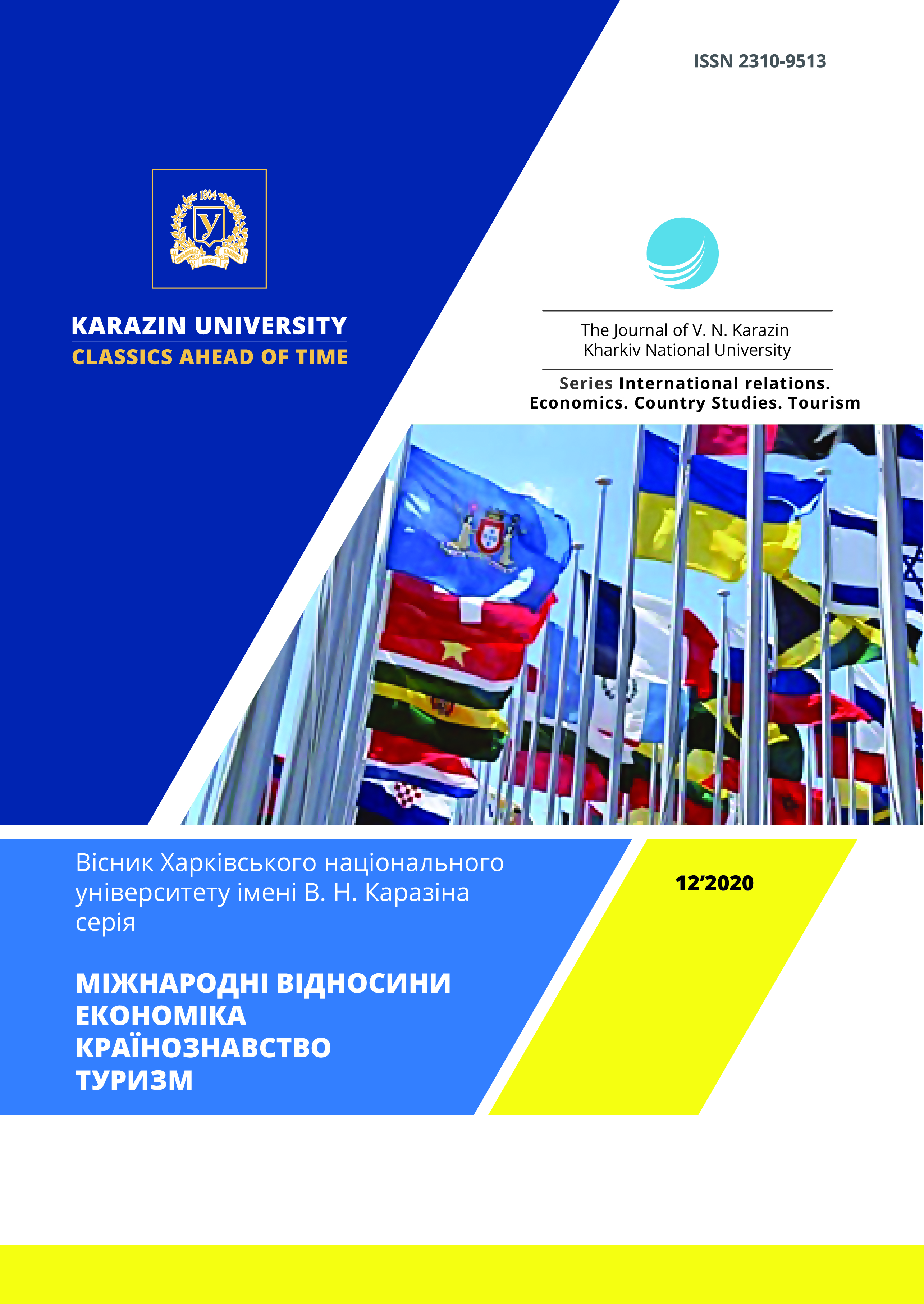Молодіжне безробіття в системі соціально-економічних відносин
Анотація
Безробіття відноситься до складних та соціально гострих макроекономічних проблем. Молодіжне безробіття в умовах сучасних трансформацій соціально-трудових відносин набуває особливої актуальності та потребує комплексного вивчення. Наукове уявлення стосовно змісту та форм прояву молодіжного безробіття є важливим підґрунтям розробки практичних заходів його скорочення та ефективного використання потенціалу молоді в соціально-економічному розвитку. Предметом статті є феномен молодіжного безробіття, метою є розкриття особливостей прояву сучасного молодіжного безробіття в умовах сучасних трансформацій ринку праці та вироблення практичних заходів його скорочення. Для досягнення цієї мети поставлені та вирішені наступні завдання: виявлені причини наявності тенденції до зростання молодіжного безробіття в умовах цифровізації економіки; охарактеризовані основні форми, в яких існує молодіжне безробіття; проаналізована структура молодіжного безробіття; запропоновані основні напрями подолання безробіття за рахунок удосконалення молодіжної політики на ринку праці. Для вирішення цих завдань були використані наступні методи дослідження: загальнонаукові основи і фундаментальні положення економічної теорії, міждисциплінарний підхід до більш змістовного розкриття категорії безробіття, поведінковий науковий підхід використано до пояснення особливостей моделей поведінки молоді на ринку праці. Результатами дослідження є: обґрунтування інституційної недосконалості ринку праці, що породжує суперечності в системі молодіжного безробіття; характеристика соціальної ексклюзії молоді та інших негативних тенденцій ринку праці в Україні. Висновки. Обґрунтовано шляхи мінімізації молодіжного безробіття за рахунок формування інноваційної моделі соціально-трудових відносин, вирощування інклюзивних інститутів та активної молодіжної політики держави.
Завантаження
Посилання
Kolot A. (2014). Transformation of the institution of employment as a component of global changes in the social and labor sphere: the phenomenon of precarization. Labor market and employment.
Fedulova L. (2014). Inclusive innovations in the system of socio-economic development. Economy: the realities of time.
Hora, O. Sirovatka, T. (2020). Why targeting matters: The apprenticeship program for youth in the Czech Republic. Social Policy and Administration. 54(7). Pages 1198-1214. DOI: 10.1111/spol.12598
Alfonsi, L, Bandiera, O., Bassi, V., Burgess, R., Rasul, I., Sulaiman, M., Vitali, A. (2020). Tackling Youth Unemployment: Evidence From a Labor Market Experiment in Uganda. Econometrica. Volume 88, Issue 6. Pages 2369-2414. DOI: 10.3982/ECTA15959
Verd, J.M., Barranco, O., Bolíbar, M. (2019). Youth unemployment and employment trajectories in Spain during the Great Recession: what are the determinants? Journal for Labour Market ResearchVolume 53, Issue 1, Article number 4. DOI: 10.1186/s12651-019-0254-3
Romanika, T. (2020). Features of youth unemployment in a digital economy. International Scientific Journal "Internauka". Series: "Economic Sciences", 1 (4 (36), 72-76. Doi: 10.25313 / 2520-2294-2020-4-5891
Bussolo M., Davalos M. E. Peragine V., Sundaram R. (2018). Toward a new social contract: Taking on Distributional Tensions in Europe and Central Asia (Europe and Central Asia Studies). The World Bank.
Society at a glance 2019: (2019). OECD social indicators.
Indicators description: Share of youth not in employment, education or training (youth NEET rate) (2020). International Labor Organization. URL: https://ilostat.ilo.org/resources/concepts-and-definitions/description-youth-neet/
Romanika, T., (2020). The institution of power as a factor influencing youth unemployment in Ukraine. Business Inform, Issue 3, Pages 161-169. doi: 10.32983/2222-4459-2020-3-161-169
Global indicator framework for Sustainable Development Goals and targets of the 2030 Agenda for Sustainable Development (2020). United Nations. URL: https://unstats.un.org/sdgs/indicators/Global%20Indicator%20Framework%20after%202020%20review_Eng.pdf
Ajemoglu D., Robinson J. (2016). Why some countries are rich and others poor. The origins of power, prosperity and poverty. AST.
Ajemoglu D., Robinson J. (2018). Economic origins of dictatorship and democracy. Publishing House of the Higher School of Economics.
Автори, які публікуються у цьому журналі, погоджуються з наступними умовами:
- Автори залишають за собою право на авторство своєї роботи та передають журналу право першої публікації цієї роботи на умовах ліцензії Creative Commons Attribution License 4.0 International (CC BY 4.0), котра дозволяє іншим особам вільно розповсюджувати опубліковану роботу з обов'язковим посиланням на авторів оригінальної роботи та першу публікацію роботи у цьому журналі.
- Автори мають право укладати самостійні додаткові угоди щодо неексклюзивного розповсюдження роботи у тому вигляді, в якому вона була опублікована цим журналом (наприклад, розміщувати роботу в електронному сховищі установи або публікувати у складі монографії), за умови збереження посилання на першу публікацію роботи у цьому журналі.
- Політика журналу дозволяє і заохочує розміщення авторами в мережі Інтернет (наприклад, у сховищах установ або на особистих веб-сайтах) рукопису роботи, як до подання цього рукопису до редакції, так і під час його редакційного опрацювання, оскільки це сприяє виникненню продуктивної наукової дискусії та позитивно позначається на оперативності та динаміці цитування опублікованої роботи (див. The Effect of Open Access).




